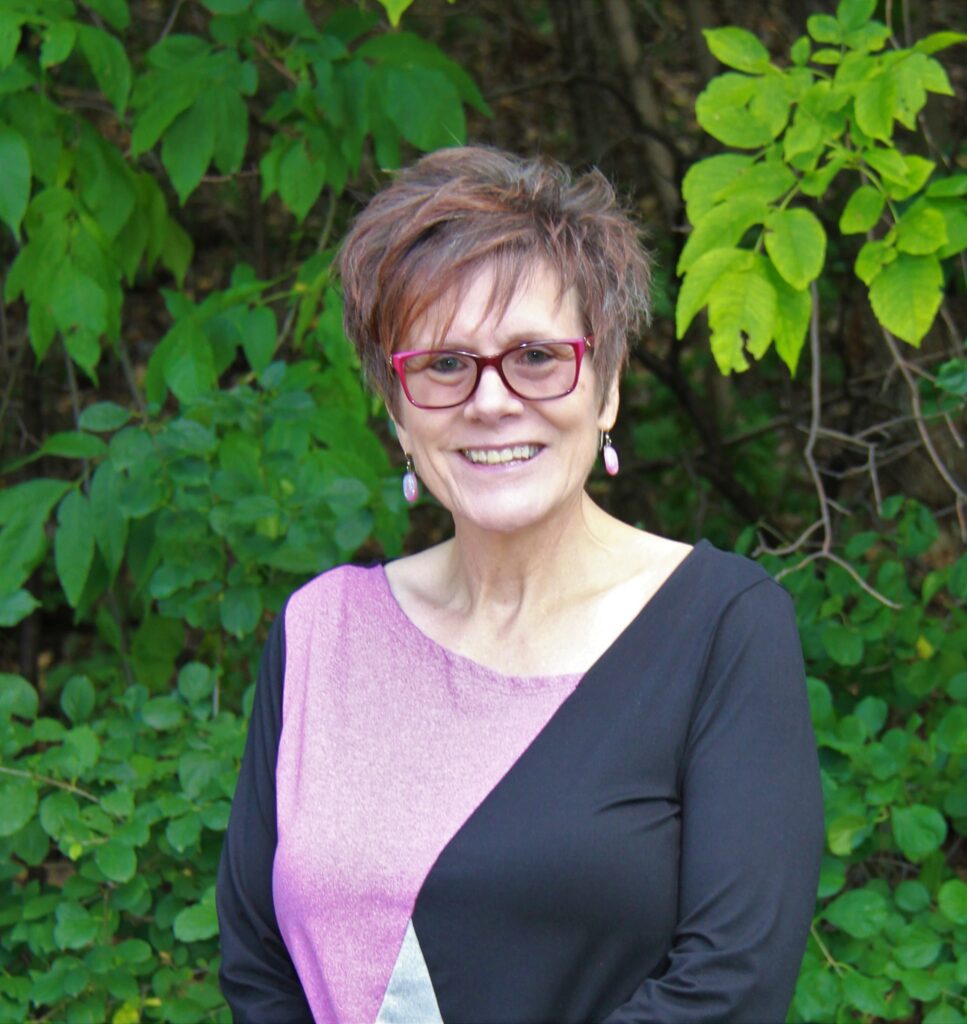The Unforgettable Journey of Alzheimer’s: Navigating Love and Communication
September 1, 2023 by Deb Taylor, CEO
Life has a peculiar way of etching certain days into our memories, days that leave an indelible mark on our hearts and minds. For me, one such day is October 22, 2015. It was a day when my world seemed to stand still as I sat with my beloved mother at her doctor’s appointment. The question that lingered in the air was innocuous enough: “Who is with you today?” Little did I know that this simple query would cast a spotlight on the relentless progression of Alzheimer’s Disease and its profound impact on our lives.
Eight years prior to that fateful October day, my mother had been diagnosed with Alzheimer’s Disease, a condition that would gradually strip away the memories and connections that defined her. I was well aware that a time would come when she might not remember my name or recognize the faces of those she held dearest. Yet, understanding the disease intellectually couldn’t prepare me for the heart-wrenching reality of watching it unfold before my eyes.
As my mother gazed at me and smiled, her eyes held an innocence that betrayed her lack of recognition. The smile was still my mother’s, but the knowing familiarity was gone. It was a bittersweet moment that encapsulated the paradox of Alzheimer’s – the body present, the essence lost.
On March 16, 2016, my mother’s journey with Alzheimer’s reached its culmination, and she passed away. Her departure left an emptiness that words can scarcely capture. But amidst the ache of loss, I found solace in the commitment I had made to her long ago – the promise to be there for her just as she had always been for me.
In the throes of caring for my mother, I embarked on a journey of learning how to communicate in new and meaningful ways. Alzheimer’s not only robs individuals of their memories, but it also reshapes their cognitive landscape, requiring us to adapt our communication styles to meet them where they are. It is a journey that demands immense patience, compassion, and understanding, placing the comfort and dignity of our loved ones at the forefront.
During this journey, I discovered the wisdom encapsulated in the “5 Rules for communicating with someone with Alzheimer’s,” guidelines that became my North Star as I navigated the labyrinth of communication:
1. Don’t argue with her: One of the most challenging aspects of Alzheimer’s is that it often distorts reality. Engaging in arguments over facts that are no longer comprehensible to the person only leads to frustration and confusion. Instead, I learned to embrace the art of redirection, gently guiding conversations into more comfortable territory.
2. I am always wrong/She is always right: The insistence on being “right” becomes inconsequential in the face of preserving emotional equilibrium. Acknowledging the validity of their perspective, even if it doesn’t align with objective reality, becomes an act of empathy rather than a concession of defeat.
3. Validate her reality/Meet her where she’s at: In the world of Alzheimer’s, the past, present, and even the fictional sometimes intertwine. Rather than attempting to tether someone to the present, it’s often more beneficial to delve into their recollections, sharing in their moments of clarity and confusion alike.
4. Is it worth it? The value of a conversation isn’t determined by its factual accuracy. Sometimes, engaging in a conversation that might appear illogical on the surface holds immeasurable emotional significance for the person. Prioritizing the emotional resonance over rationality becomes a testament to love’s endurance.
5. Observe before I react: Patience becomes the cornerstone of communication. By taking a moment to observe and interpret verbal and non-verbal cues, we can tailor our responses to cater to their emotional state, fostering an environment of trust and understanding.
These rules, born from the crucible of experience, were instrumental in making my mother’s final years as comfortable and joyful as possible. They were not just tools for communication; they were acts of love, respect, and recognition of her continued humanity.
As I reflect on the journey that Alzheimer’s took us on, I am reminded of the beauty that can emerge from the depths of hardship. The disease, while ruthless in its progression, became a catalyst for discovering the reservoirs of strength and compassion within myself. The bittersweet smile my mother gave me on that October day remains etched in my memory, serving as a reminder that love, even in its altered forms, remains a powerful force that transcends the boundaries of time and cognition.
So, if you find yourself on a similar journey, I hope these rules can provide you with some comfort and guidance. They are not just lessons in communication but lessons in embracing the unique humanity that Alzheimer’s cannot extinguish. And through it all, let the memory of your loved one’s smiles, even if they no longer recognize your name, be a testament to the enduring bond that persists even in the face of forgetfulness.

About the Author:
Deb Taylor is the CEO of Senior Community Services, a local nonprofit with a mission to empower people as they age, through serving compassionately, connecting communities, and supporting independence.




